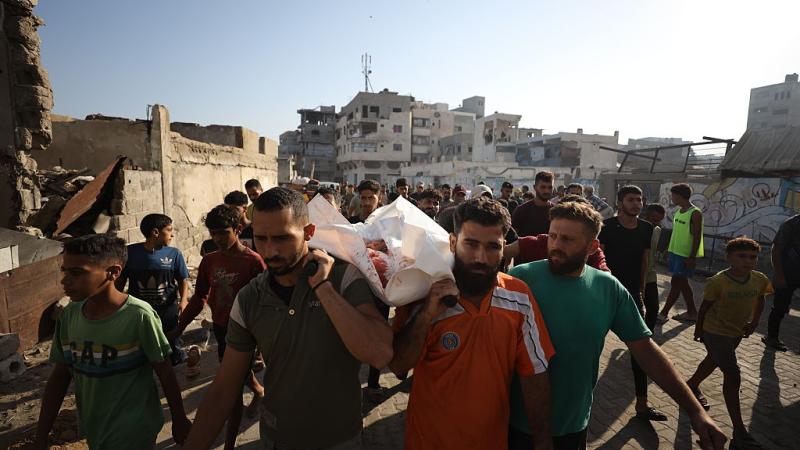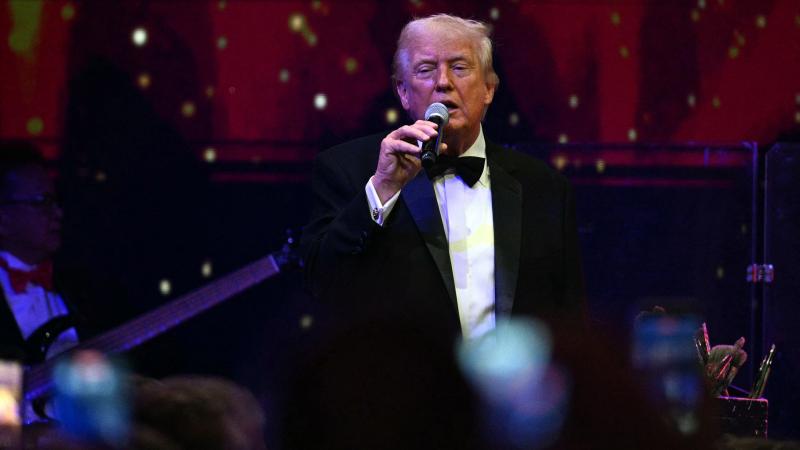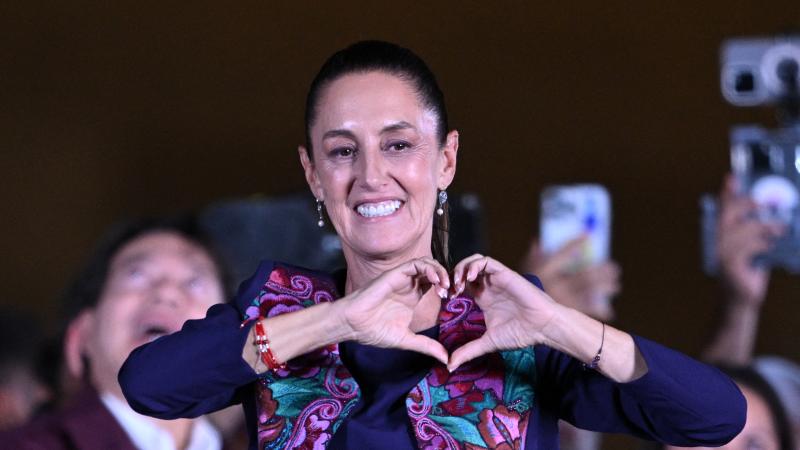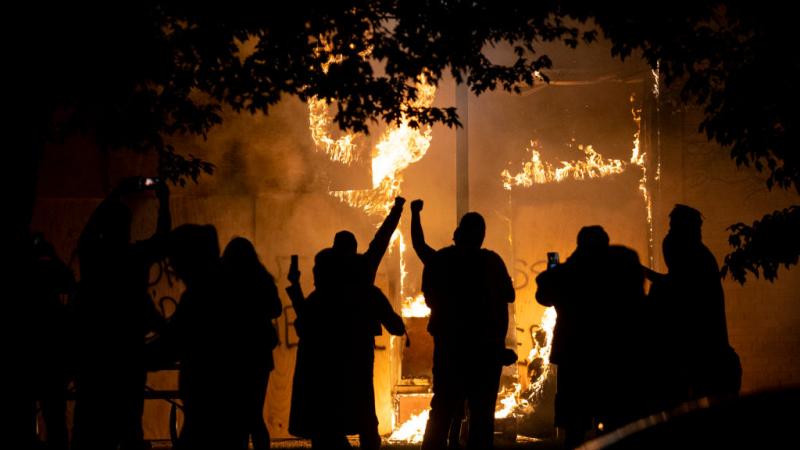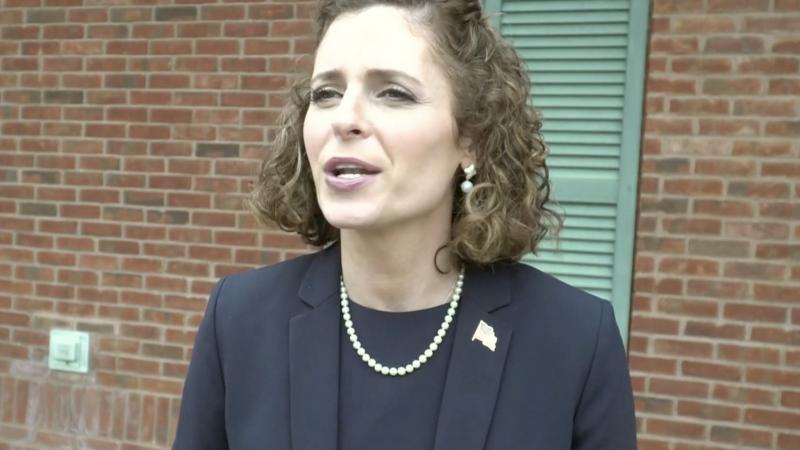Claims about Russian bounties in part based on old reports, intelligence sources say
No one definitively has determined the truth about bounty allegations.
Reports that a Russian military intelligence unit offered bounties on coalition soldiers in Afghanistan are based partially on old information that surfaced more than a decade ago, international intelligence sources said. The sources include both Western-based analysts and front line personnel on the ground in South Asia.
Many of the sources spoke to Just the News via encrypted communications, and insisted that their names not be revealed because their lives are at risk.
“The only thing new about this story is the date on the headline,” one South Asian contact said. “This is old information, going back to Obama days and before. Everyone who has been involved in Afghanistan heard this a long time ago.”
Reports of an alleged deal between the Taliban and Russia’s military intelligence directorate, the GRU, leaked last week, leading to public outrage on many fronts. President Donald Trump has said the claims likely are fabricated, and Democrats in particular have accused Trump of siding with Moscow to deny the truth.
No one definitively has determined, though, what the truth is in this situation.
“The Taliban didn’t need Russia to pay them to kill Americans,” said an American intelligence analyst. “They were already doing it on their own.”
The Pentagon said that no solid evidence bolstered the bounty allegations.
"The Department of Defense continues to evaluate intelligence that Russian GRU operatives were engaged in malign activity against United States and coalition forces in Afghanistan,” Pentagon spokesman Jonathan Hoffman said in a statement. “To date, DOD has no corroborating evidence to validate the recent allegations found in open-source reports.”
Any bounties paid would have changed hands more than a decade ago, according to a foreign intelligence source in South Asia.
“The real killings started in 2006, and the maximum in 2008-12,” the source said. “There are hardly any American troops now. Did the Russians pay the Taliban to kill Americans? Perhaps. Perhaps not. But Russia did support Taliban aims in Afghanistan.”
The U.S. State Department agrees.
“The fact that the Russians are engaged in Afghanistan in a way that’s adverse to the United States is nothing new,” Secretary of State Michael Pompeo told reporters at the State Department on Wednesday, adding, “The Russians have been selling small arms that have put Americans at risk there for 10 years.”
Russia and the Taliban have been legacy enemies, from when their predecessor entities — the Soviet Union and the Mujahideen — fought one another when the USSR invaded Afghanistan in 1979.
Amid the enmity, though, links formed.
“The Soviet Army penetrated the Mujahideen in the 1980s,” according to a second intelligence source in South Asia. “The connections go back a long time. The Taliban founders were trained by Soviets. It is no surprise that Russians maintained the connection.”
By 2016, the connection involved meeting with one another in Russia and Tajikstan, a practise that Afghan officials called a “dangerous trend.” Army General John Nicholson, at the time the U.S. commander in Afghanistan, warned that Moscow was conferring legitimacy upon the Taliban.
Since 2018, American military officials have spoken openly about Russia helping the Taliban, as noted in a June 25 report from Congressional Research Service analyst Clayton Thomas.
But Russia is not alone in supporting the militant Afghans, he wrote.
“In the past two years, multiple U.S. commanders have warned of increased levels of assistance, and perhaps even material support, for the Taliban from Russia and Iran, both of which cite [Islamic State] presence in Afghanistan to justify their activities,” Thomas wrote.
That, too, is a longstanding situation, Pompeo said.
“Money flowing to Afghanistan to support the Taliban has been going on since we went to Afghanistan now almost two decades ago,” he said. “It's not just the Russians. Indeed, probably not majority are the Russians.”
Added Pompeo: “Money has flowed from lots of places — from Iran.”
The flow of weapons, money, and support are not linear within the nation that has been called “the graveyard of empires,” sources said.
On Monday, CIA Director Gina Haspel addressed the bounties story by suggesting that her agency is investigating whether proxies had been used.
“Hostile states’ use of proxies in war zones to inflict damage on U.S. interests and troops is a constant, longstanding concern,” Haspel said in a statement. “CIA will continue to pursue every lead; analyze the information we collect with critical, objective eyes; and brief reliable intelligence to protect U.S. forces deployed around the world.”
The practice is widespread throughout the region, one observer told Just the News.
“It is absolutely possible that Russians remained engaged with the Taliban through other regional countries during 2018 and 2019,” said Mushtaq Rahim, who studies conflict and peace in Afghanistan. “Playing proxies has been a trademark of the Afghan conflict, and it continues to be to this day.”
As questions persist over who knew what about bounties, and whether Russia offered such payments, U.S. intelligence officials have held briefings for American lawmakers. The briefings were held on Capitol Hill in secret sessions. In public, though, Haspel alluded to why no one outside of the intelligence community claimed to validate the bounty reports.
“When developing intelligence assessments, initial tactical reports often require additional collection and validation,” Haspel said.
Noted the South Asian intelligence source: “The reports also should be current.”

